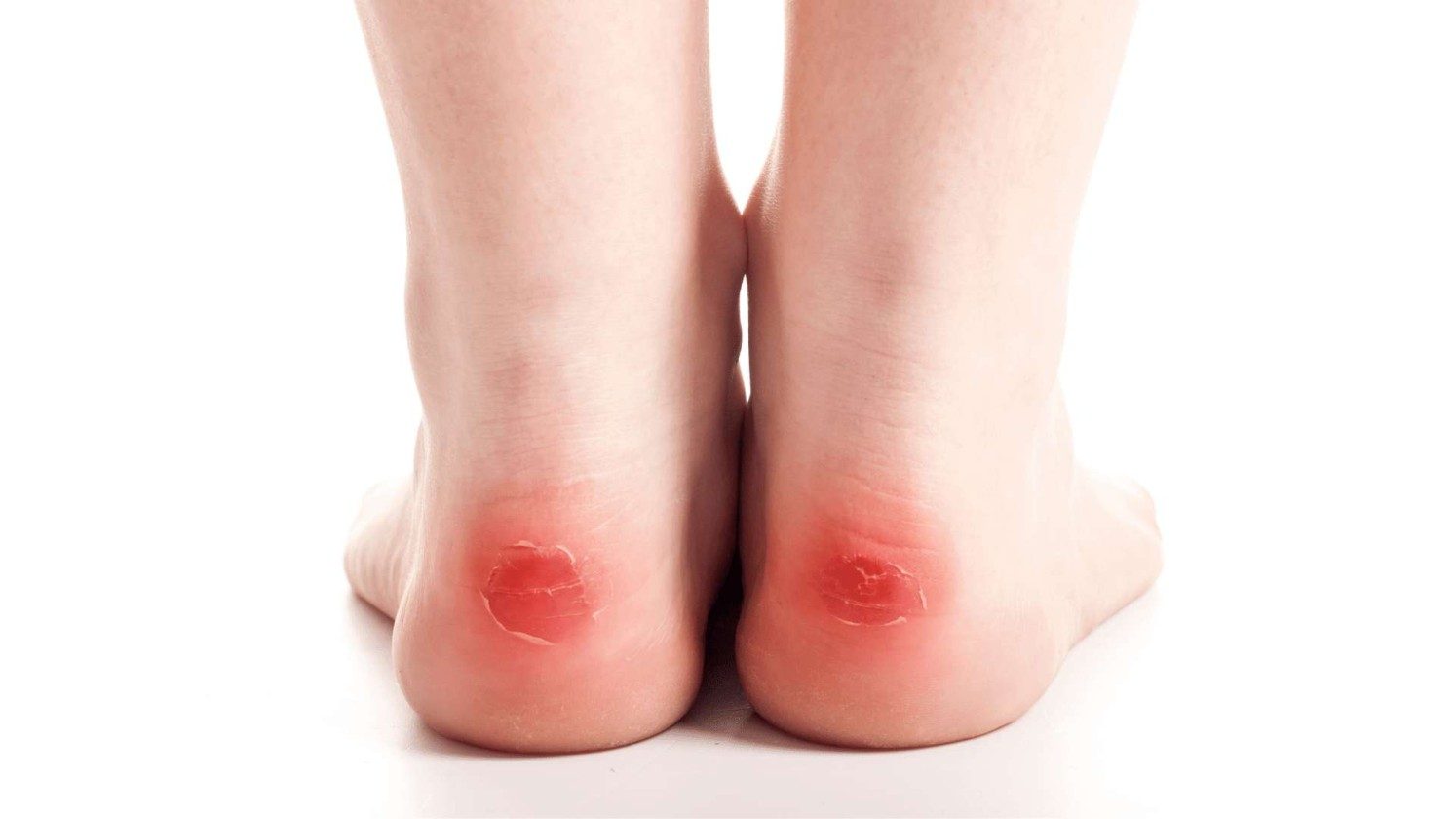Marls, Detritus, Sediments, Molds, Losses, Alluviums, Silts, Clays.
Root Cause of disease
Shingles is caused by thevaricella-zoster virus — the same virus that causes chickenpox. Anyone who’s had chickenpox may develop shingles. After you recover from chickenpox, the virus enters your nervous system and stays inactive for years.
Symptoms
Before the rash appears, people often have pain, itching, or tingling in the area where it will develop. This may happen several days before the rash appears.
Most commonly, the rash occurs in a single stripe around either the left or the right side of the body. In other cases, a rash occurs on one side of the face. Shingles on the face can affect the eye and cause vision loss. In rare cases (usually in people with weakened immune systems), the rash may be more widespread on the body and look similar to a chickenpox rash.
Other symptoms of shingles can include
- Fever
- Headache
- Chills
- Upset stomach
- Pain, burning or tingling
- Sensitivity to touch
- A red rash that begins a few days after the pain
- Fluid-filled blisters that break open and crust over
- Itching
- Sensitivity to light
- Fatigue
Causes
- Shingles is caused by the varicella-zoster virus — the same virus that causes chickenpox
- Anyone who’s had chickenpox may develop shingles. After you recover from chickenpox, the virus enters your nervous system and stays inactive for years
- Sometimes the virus reactivates and travels along nerve pathways to your skin — producing shingles
- The reason for shingles is unclear
- It may be due to lowered immunity to infections as people get older.
- Shingles is more common in older adults and in people who have weakened immune systems.
- Varicella-zoster is part of a group of viruses called herpes viruses. This is the same group that includes the viruses that cause cold sores and genital herpes.
- As a result, shingles are also known as herpes zoster. But the virus that causes chickenpox and shingles isn’t the same virus that causes cold sores or genital herpes, which is a transmitted infection.
Risk factors
Anyone who has ever had chickenpox can develop shingles. Most adults in the United States had chickenpox when they were children. That was before the availability of the routine childhood vaccination that now protects against chickenpox.
Factors that may increase your risk of developing shingles include:
- Age: The risk of developing shingles increases with age. Shingles typically occurs in people older than 50. And people over the age of 60 are more likely to experience more severe complications.
- Some diseases: Diseases that weaken your immune system, such as HIV/AIDS and cancer, can increase your risk of shingles.
- Cancer treatments: Radiation or chemotherapy can lower your resistance to diseases and may trigger shingles.
- Some medications: Drugs that prevent rejection of transplanted organs can increase your risk of shingles. Long-term use of steroids, such as prednisone, may also increase your risk of developing shingles.
Some people have a greater risk of getting shingles. This includes people who:
have medical conditions that keep their immune systems from working properly, such as certain cancers like leukemia and lymphoma, and human immunodeficiency virus (HIV).
receive drugs that keep their immune systems from working properly, such as steroids and drugs that are given after organ transplantation.
Home Remedies to treat Shingles
Remedy- 1: Cold Compress
Materials Used: Cold Pack

Holding cool clothes or compresses against the rash site may assist in relieving itchiness and reducing inflammation.
People can lightly soak a natural cotton cloth or towel with cool water and wring it out before placing it on sore, itchy areas. They can then repeat this as necessary.
Procedure:
- Put ice in a plastic, sealable bag
- Fill partially with water
- Seal the bag, squeezing the air out of it
- Wrap the bag in a damp towel and put it on the affected area
Product Link: Cold Compresses
Remedy- 2:
Materials Used: Aloe Vera

Procedure:
- Simply cut a leaf and gently rub the gel inside the leaf onto those sore blisters
- If you don’t have a plant, rummage through your beach bag for a sunburn-soothing aloe product and apply liberally to shingles sores
Product Link: Aloe Vera
Remedy- 3:
Materials Used: Oat Baths

The FDA has approved colloidal oatmeal as a safe and effective treatment. Colloidal oat products usually exclude oat protein to prevent allergic reactions.
The active ingredients that help reduce inflammation include flavonoids and saponins. People can use oat products in a cool bath to help relieve pain and itchiness.
Procedure:
Steps for Making an Oatmeal Bath
1. Blend 1 cup of Oatmeal into an extra fine powder
2. Test a tablespoon and see if it absorbs water
3. Pour powder into a tub of running warm water and stir
4. Soak for 15 to 20 minutes and gently rub it into skin
Other Remedies
Garlic
This home remedy is one of the strongest antiviral foods which are available. It is a very effective home remedy for shingles. You should make a paste of 5 garlic cloves and apply them to the affected area. Let it stay there for 5 minutes. Then, wash it off using warm water. You should do this natural treatment on a daily basis for a period of 1 or 2 weeks. Also, you can eat 3 to 4 cloves of raw garlic on a daily basis. Also, you can take 2 * 1000 mg capsules two times per day for a period of one week. Talk with your doctor about the recommended dosage of garlic capsules.
Licorice
This home remedy has several immune-boosting and antiviral compounds which can help in the treatment of shingles. You should add a little water to 1 teaspoon of licorice powder to make a paste. You should apply this paste to the affected area. Let it dry on its own. Then, rinse it off using warm water. You should follow this home remedy 2 or 3 times per day for a period of one or 2 weeks. Also, you can brew strong tea from licorice and allow it to cool. Then, dab it on the blisters using cotton balls. You should do this natural treatment 3 or 4 times per day until you see improvements in your condition.
Apple cider vinegar
This is also a very effective home remedy for shingles. It can help to dry out the sores and it can stop the itching. It is a natural disinfectant and it has antiviral properties which can help to speed up the recovery process. You should mix together equal amounts of apple cider vinegar and water. You should soak a cotton cloth in this home remedy and then place it on the affected area. You should let it stay there until it dries on its own. You should repeat this natural treatment several times per day until the shingles heal completely. Also, you can add one teaspoon of honey and apple cider vinegar to one glass of warm water. You should drink this home remedy 3 times per day with meals for a period of 1 – 2 weeks.
Honey
This is a very effective home remedy which you can use to treat blisters that are associated with shingles. Honey has healing and skin–reviving properties which can help to clear up blisters and it can give relief from irritation and pain. You should apply honey to a bandage and put it on the affected area. You should use as many bandages as needed to cover the area. You should replace it with fresh honey every few hours. You should continue using this home remedy until your condition improves. Also, you should eat one tablespoon of honey on a daily basis because this can boost your immune system to have a faster recovery.
Sea salt
This home remedy has antiseptic properties and this is a reason why you can use it as your natural treatment for shingles. This home remedy can help dry up the blisters quickly to get a faster recovery. You should mix one tablespoon of sea salt with ½ cup of water. You should use a cotton ball to apply this home remedy to the affected area. You should do this natural treatment 3 or 4 times per day for a period of one week because it can help you to heal the blisters. Also, you can add ½ to one cup of sea salt to your bath water and you should soak your body in it for a period of thirty minutes. Do this natural treatment on a daily basis. You should keep the blisters exposed to air as much as possible.
Preventions
- A shingles vaccine may help prevent shingles. People who are eligible should get the Shingrix vaccine, which has been available in the United States since its approval by the Food and Drug Administration in 2017. The Zostavax vaccine is no longer available in the U.S., but other countries may still use it.
- Shingrix is approved and recommended for people age 50 and older, whether they’ve had shingles or not. People who’ve had the Zostavax vaccine in the past or don’t know whether they’ve had chickenpox may also receive the Shingrix vaccine.
- Shingrix is also recommended for people who are 19 years of age and older who have weakened immune systems due to disease or medication.
- Shingrix is a non-living vaccine made of a virus component. It’s given in two doses, with 2 to 6 months between doses. The most common side effects of the shingles vaccine are redness, pain and swelling at the injection site. Some people also experience fatigue, headache and other side effects.
- The shingles vaccine doesn’t guarantee that you won’t get shingles. But this vaccine will likely reduce the course and severity of the disease. And it will likely lower your risk of postherpetic neuralgia. Studies suggest that Shingrix offers protection against shingles for more than five years.




